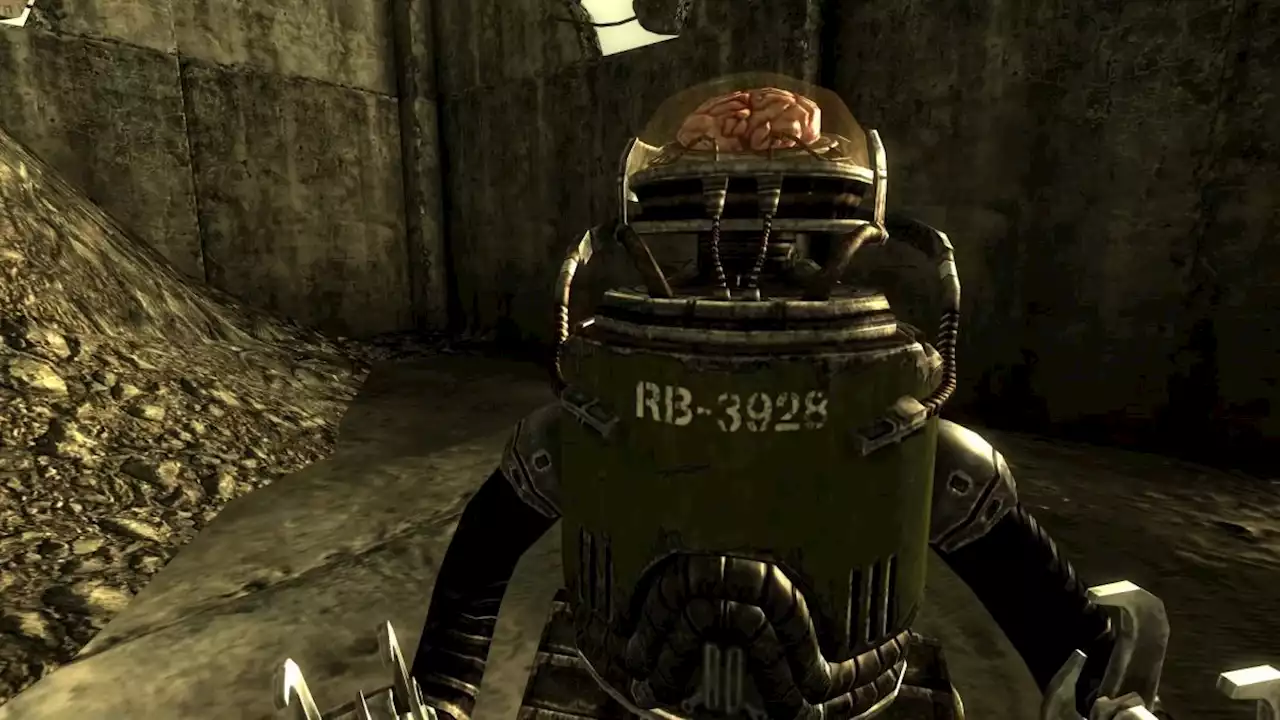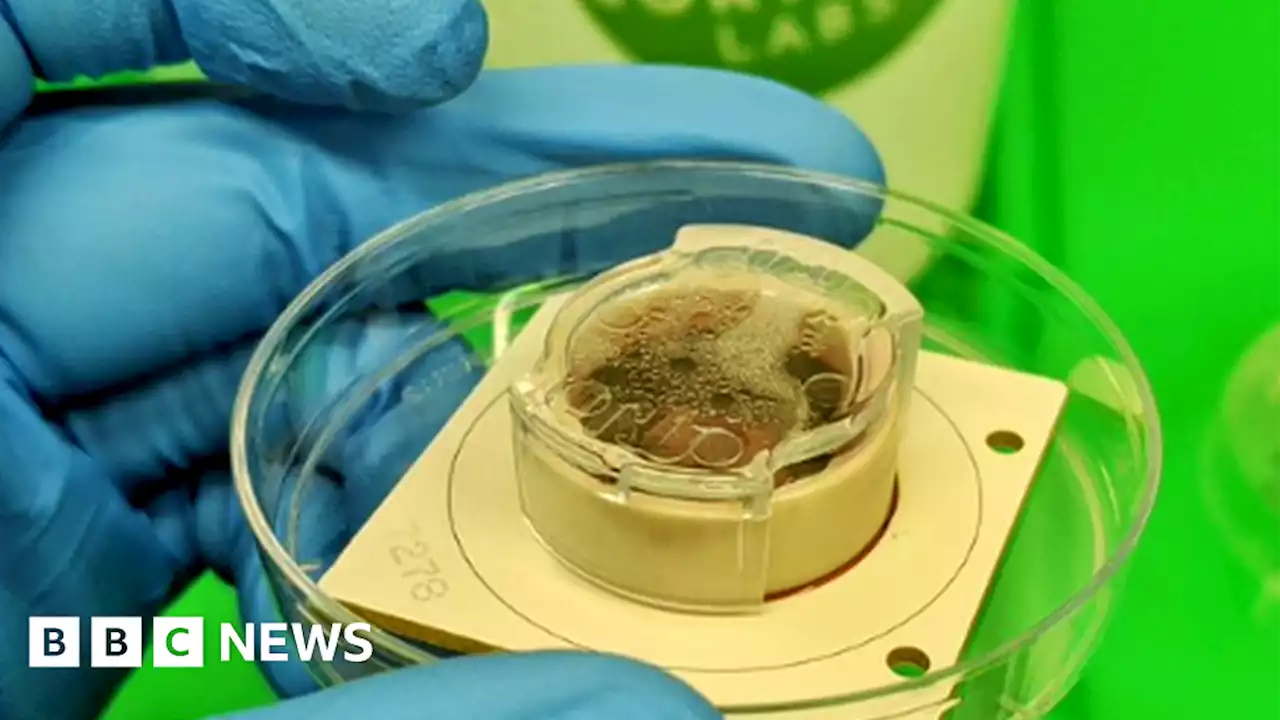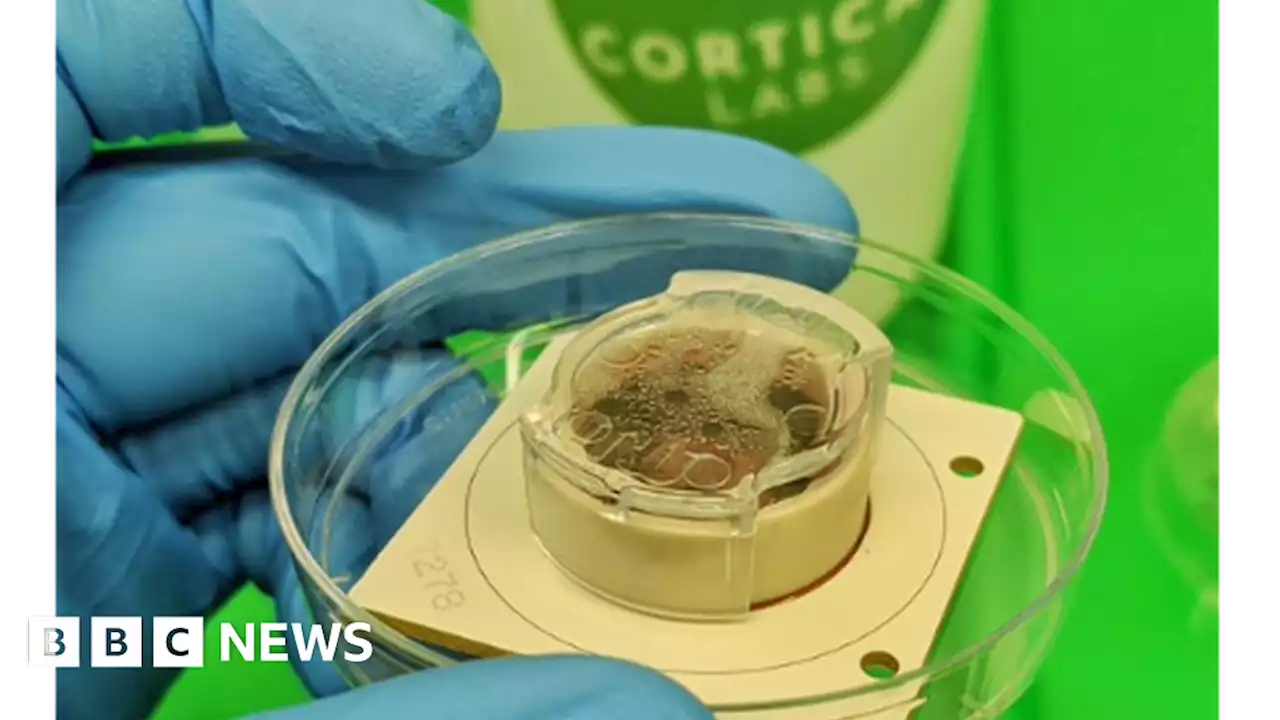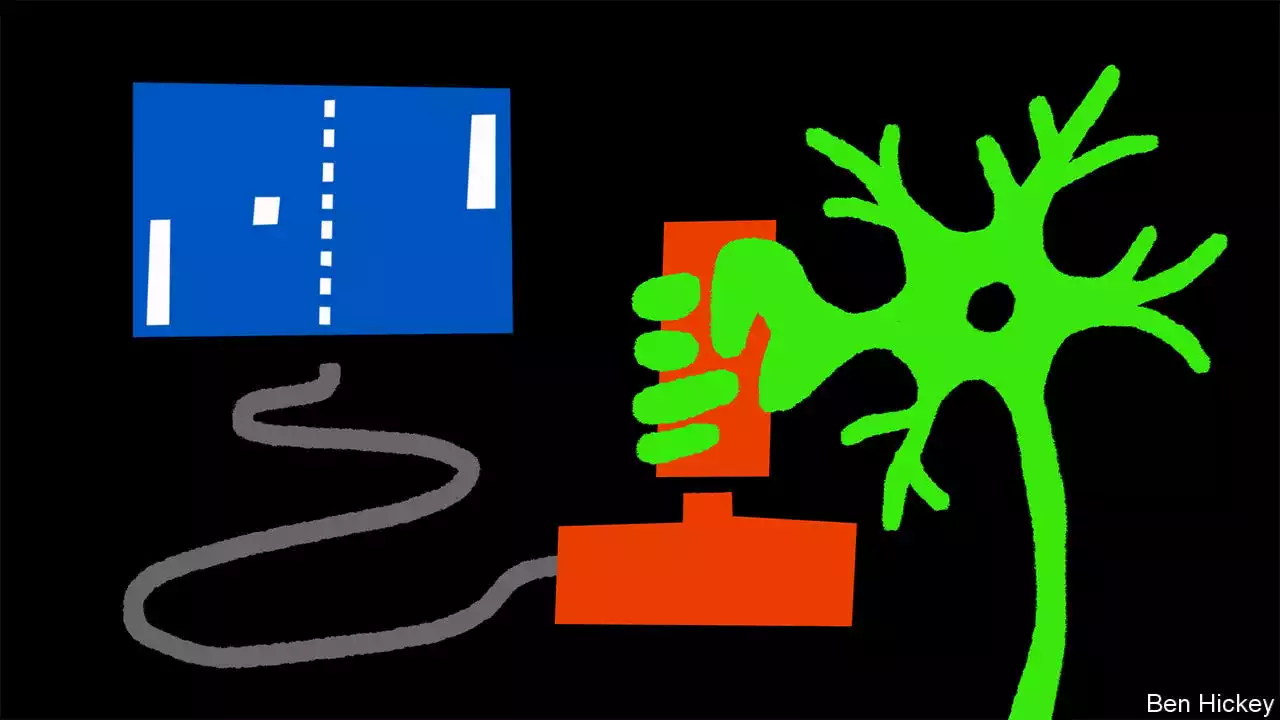That may help design better information-processing techniques
Save time by listening to our audio articles as you multitaskDishBrain is smaller than a human being’s little-finger nail and contains fewer nerve cells than a bee. Those cells are grown from pluripotent stem cells, which are, in turn, derived from ordinary body cells, and can differentiate into more or less any sort of tissue. Dr Kagan experimented with cells from both mice and humans.
Growing the network on the chip was only part of the story, though. Getting it to perceive and interact with the world was, as he describes in a paper in, quite another. The chip had predefined “sensory” and “motor” regions. In the sensory region, eight electrodes gave the cells tiny zaps that communicated the positions of the paddle and the ball with respect to one another. The neurons’ firings in the motor region determined the movement of the paddle.
By randomly zapping the sensory neurons for four seconds every time the network missed the ball, the software running the chip wiped out the pattern that led to the loss. Conversely, winning plays, which did not lead to random zapping, were retained. The result was that the nerve cells first learned the rules of Pong, and then learned to play it better. For both species’ cells the average rally time increased noticeably over the course of 20 minutes—though gratifyingly for humanity’sNatural neural networks and artificial ones have long been able to play Pong. Yet both have limitations. It is technically difficult, and often ethically impossible, to study in detail how brains work .
United Kingdom Latest News, United Kingdom Headlines
Similar News:You can also read news stories similar to this one that we have collected from other news sources.
 Watch brain cells in a dish learn to play Pong in real timeA Melbourne-led team has for the first time shown that 800,000 brain cells living in a dish can perform goal-directed tasks—in this case the simple tennis-like computer game, Pong. The results of the study are published today in the journal Neuron.
Watch brain cells in a dish learn to play Pong in real timeA Melbourne-led team has for the first time shown that 800,000 brain cells living in a dish can perform goal-directed tasks—in this case the simple tennis-like computer game, Pong. The results of the study are published today in the journal Neuron.
Read more »
 Scientists taught a Petri dish of brain cells to play Pong better than I canI'm also a pile of neurons that learned to play Pong, and no one's writing articles about me.
Scientists taught a Petri dish of brain cells to play Pong better than I canI'm also a pile of neurons that learned to play Pong, and no one's writing articles about me.
Read more »
 Lab-grown brain cells play video game PongAustralian and UK researchers grow brain cells in a lab that have learned to play a 1970s video game.
Lab-grown brain cells play video game PongAustralian and UK researchers grow brain cells in a lab that have learned to play a 1970s video game.
Read more »
 Lab-grown brain cells play video game PongAustralian and UK researchers grow brain cells in a lab that have learned to play a 1970s video game.
Lab-grown brain cells play video game PongAustralian and UK researchers grow brain cells in a lab that have learned to play a 1970s video game.
Read more »
 Why this deal on 5-star Sony headphones is hands down my top pick for Prime DayThis crazy saving on 2022 Sony cans is the best deal – fight me!
Why this deal on 5-star Sony headphones is hands down my top pick for Prime DayThis crazy saving on 2022 Sony cans is the best deal – fight me!
Read more »
